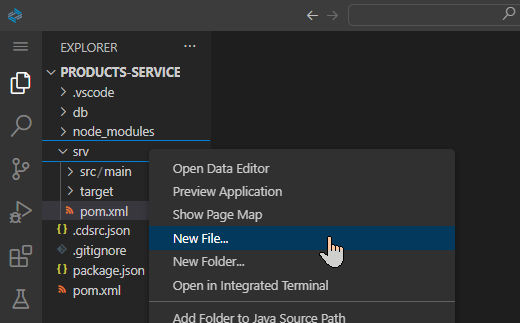Set Up SAP Business Application Studio for CAP Java
- What is SAP Business Application Studio
- How to create a project skeleton for a CAP Java project
- How to expose ports of the application in SAP Business Application Studio to the internet.
Prerequisites
- If you don’t have a Cloud Foundry Trial Subaccount on SAP Business Technology Platform (SAP BTP) yet, create your Cloud Foundry Trial Account.
- Basic knowledge of Spring Boot and Java (optional)
First things first: You need to set up your development environment and check that everything is running smoothly.
For this tutorial, we use the SAP Business Application Studio as the development tool of choice. SAP Business Application Studio provides a web-based Visual Studio Code-like experience. So, it’s like VS Code, but for your browser.
What’s great about using SAP Business Application Studio?
You get an editor, useful extensions and all the tools required to develop CAP applications and full access to the terminal.
To make sure that everything is set up correctly, this tutorial also includes how to build and run a simple Hello World application. The SAP Cloud Application Programming Model (CAP) supports both Java and Node.js development. But for this tutorial, we’re using Java. The CAP Java SDK is able to tightly integrate with Spring Boot, which provides numerous features out of the box. This means, Spring Boot will be your runtime container.
For a general overview about CAP, you might also want to have a look at the official CAP documentation and the CAP Community.
















